RFID in the Industrial IoT Era: a Theoretical and Empirical Overview on How Sensing Tags Can Improve Factories, Work, and Goods
Cecilia Occhiuzzi
Assistant Professor
Pervasive Electromagnetics Lab,
University of Roma Tor Vergata, Italy
The current development of the Internet of Things (IoT), besides opening innovative scenarios in gaming, leisure and demotics, fosters changes in modern manufacturing, energy, agriculture, transportation. Indeed, in many industrial branches the possibility to wirelessly interconnect humans, objects and machines promises unprecedented technical and economic opportunities. Gathering information about environments and processes will increase the capabilities to control complex systems and predict events thus optimizing the production, the security and the overall efficiency. This particular implementation of the IoT, denoted as Industrial IoT, refers to highly reconfigurable wireless sensor networks that influence costs, energy and procedures of the manufacturing process. By adding novel sensors to the existing machinery without heavily impacting on current architectures will upgrade their functionalities (retrofit) up to achieve, over the long term, a fully automated, networked and data-oriented industry. In the last decade energy-autonomous wireless sensors for ambient monitoring, personal tracking and manufacturing control have greatly benefited from the well-assessed Radio Frequency Identification (RFID) standard EPC C1G2 which nowadays enables sensing functionalities besides the basic identification.
This talk illustrates the application of UHF RFID to the industrial world. Real case examples will be described, together with the adopted network architecture, the deployed sensing tags and the software for data acquisitions, analysis and management. Theoretical considerations and empirical experience will be exploited to understand and face the most important challenges in the implementation of the RFID sensing systems, such as read distance limitation and data sampling errors. The effects of high temperatures, strong mechanical solicitations and complex electromagnetic environment will be hence investigated. Limitations and possibilities of the current technology will be discussed, with a glance to the expected benefits of innovative high-frequency backscattering-based sensing platforms (5G-RFID).
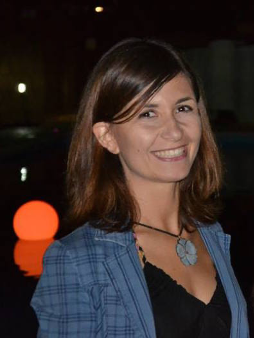
Cecilia Occhiuzzi received the M.Sc. degree in medical engineering and Ph.D. degree in electromagnetics from the University of Roma Tor Vergata, Rome, Italy, in 2008 and 2011, respectively. Currently, she is Assistant Professor with the University of Roma Tor Vergata, where she teaches Electromagnetic Fields and Biomedical Interaction. Her research interests include wireless health monitoring by means of wearable and implantable radio-frequency/mm- wave identification techniques and pervasive sensing paradigms for Industry 4.0. She is the Co-Founder and CEO of RADIO6ENSE, a spin-off of the University of Tor Vergata active in RFID solutions for Industrial sector. Dr. Occhiuzzi was the recipient of the IEEE APS Doctoral Award, in 2011. In 2012, she was the recipient of the Best Thesis Award at the 2012 RFID Journal Live, Orlando, FL, USA. She is author of more than sixty papers on International Journals and Conferences.
In 2008, she was with the School of Engineering, University of Warwick, Coventry, U.K. as a post-graduate student, in 2010, she was a Visiting Researcher with the Georgia Institute of Technology, Atlanta, GA, USA and in 2014 she was a Research Assistant with the University of Palermo, Italy.
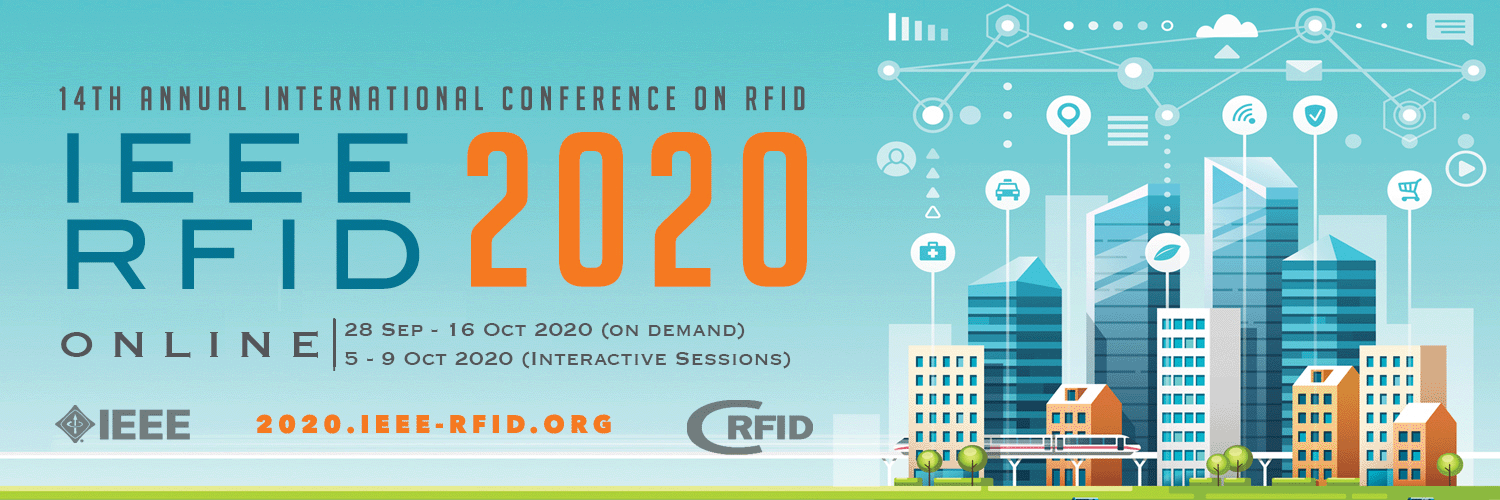


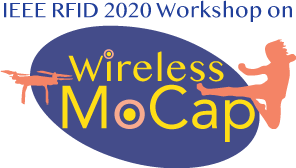
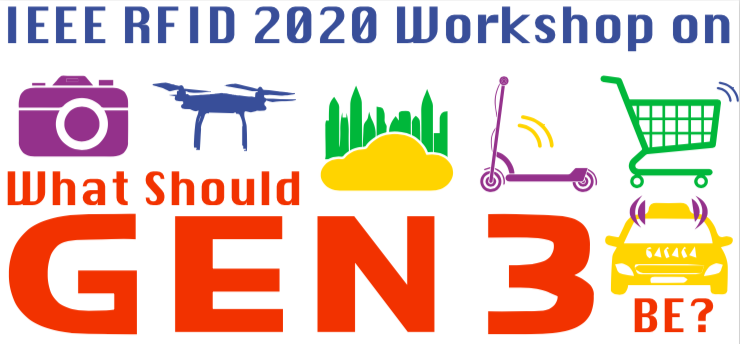



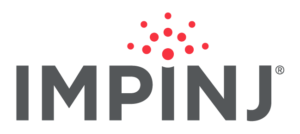
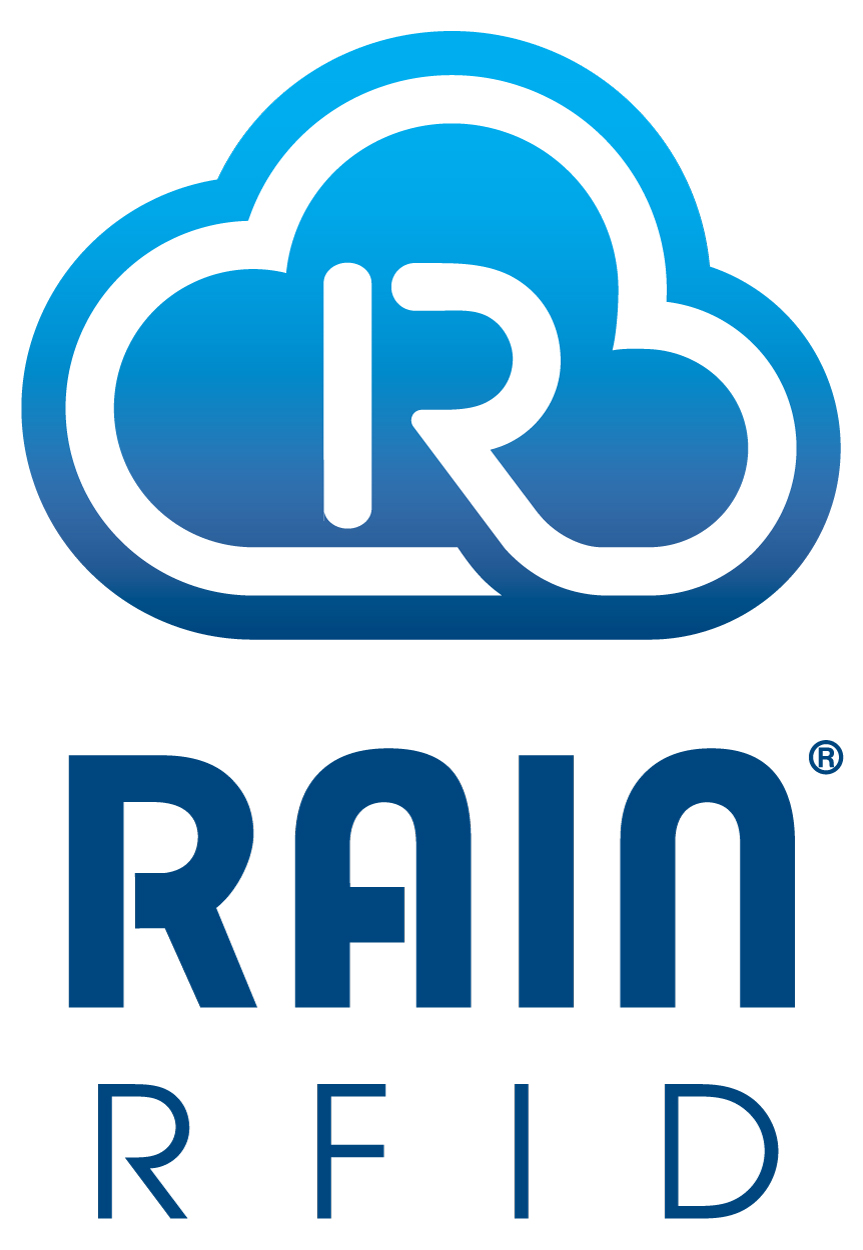



Recent Comments